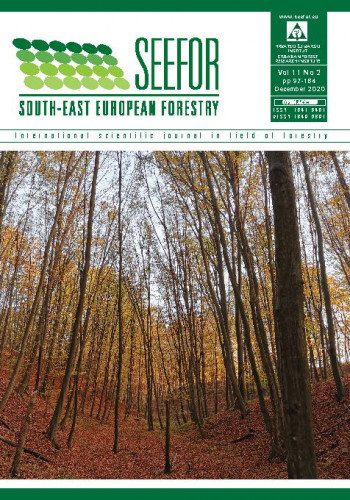It is well-known that tree growth at the upper treeline is controlled by low temperatures and limited seasonal growth. The study’s objective was to investigate the climate warming effects on Bosnian pine (BP; Pinus heldreichii Christ.) growth during the 20th century. We hypothesized that, like all the other drought-stressed conifers growing on tree-line locations, BP responds significantly to climate factors that control their growth. Three natural forest stands of BP were selected in Prevalla, Decan and Koritnik. The cores were taken from 98 dominant and co-dominant BP trees at breast height with no sign of human interference. The tree-ring widths were measured at 0.001 mm precision, with a LINTAB 6 (RINNTECH, Heidelberg) system and TSAP-Win Scientific software. A set of three BP tree-ring width chronologies were developed by trees spread on a typical mountain slope at elevations ranging from 1815 to 1945 m above sea level. The tree-ring chronologies from three sites showed significant correlation and this agreement decreased with the distance between sites. The length of the master chronologies varies among sites ranging from 176 years (Koritnik) to 541 years (Decani). The tree growth was controlled by a common climatic signal (local temperatures) and drought during midsummer across the investigated sites. These results confirm the assumption that tree growth at tree-line sites is controlled by low temperatures and drought conditions during the midsummer.
Sažetak

 South-east European forestry : SEEFOR : international scientific journal in field of forestry : 11,2(2020) / editor-in-chief Ivan Balenović.
South-east European forestry : SEEFOR : international scientific journal in field of forestry : 11,2(2020) / editor-in-chief Ivan Balenović.